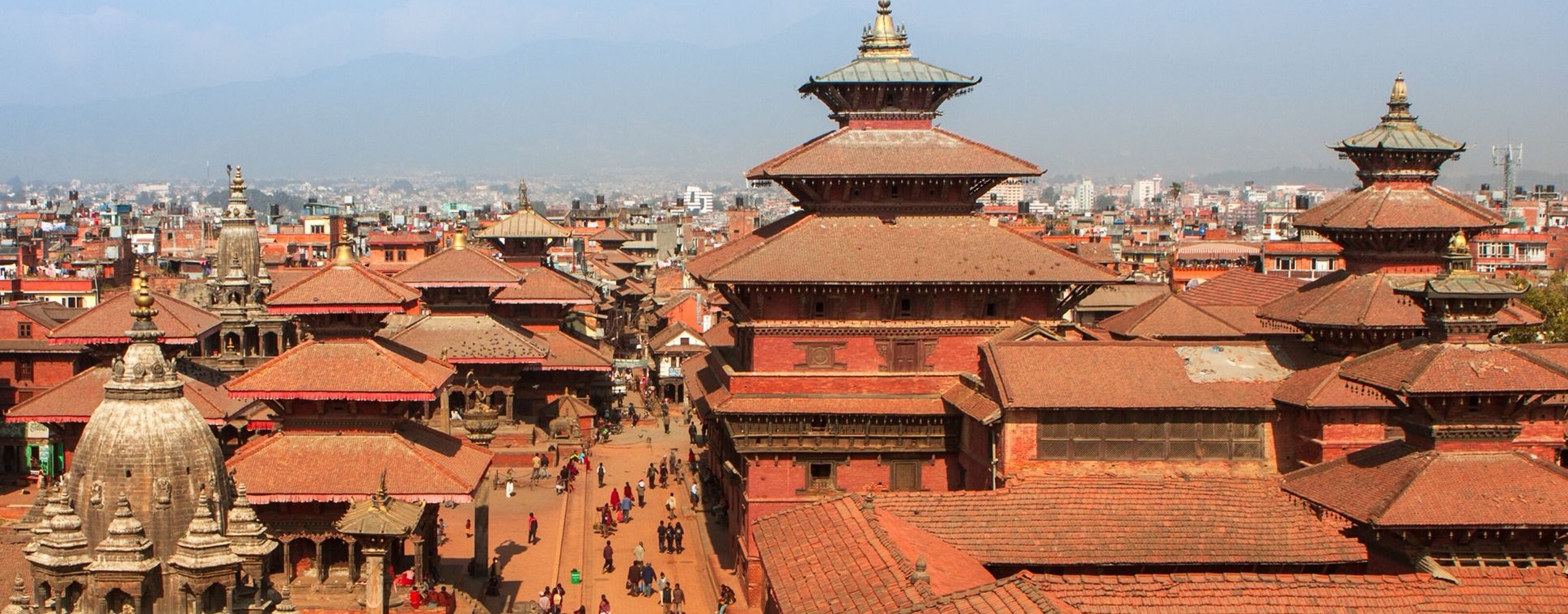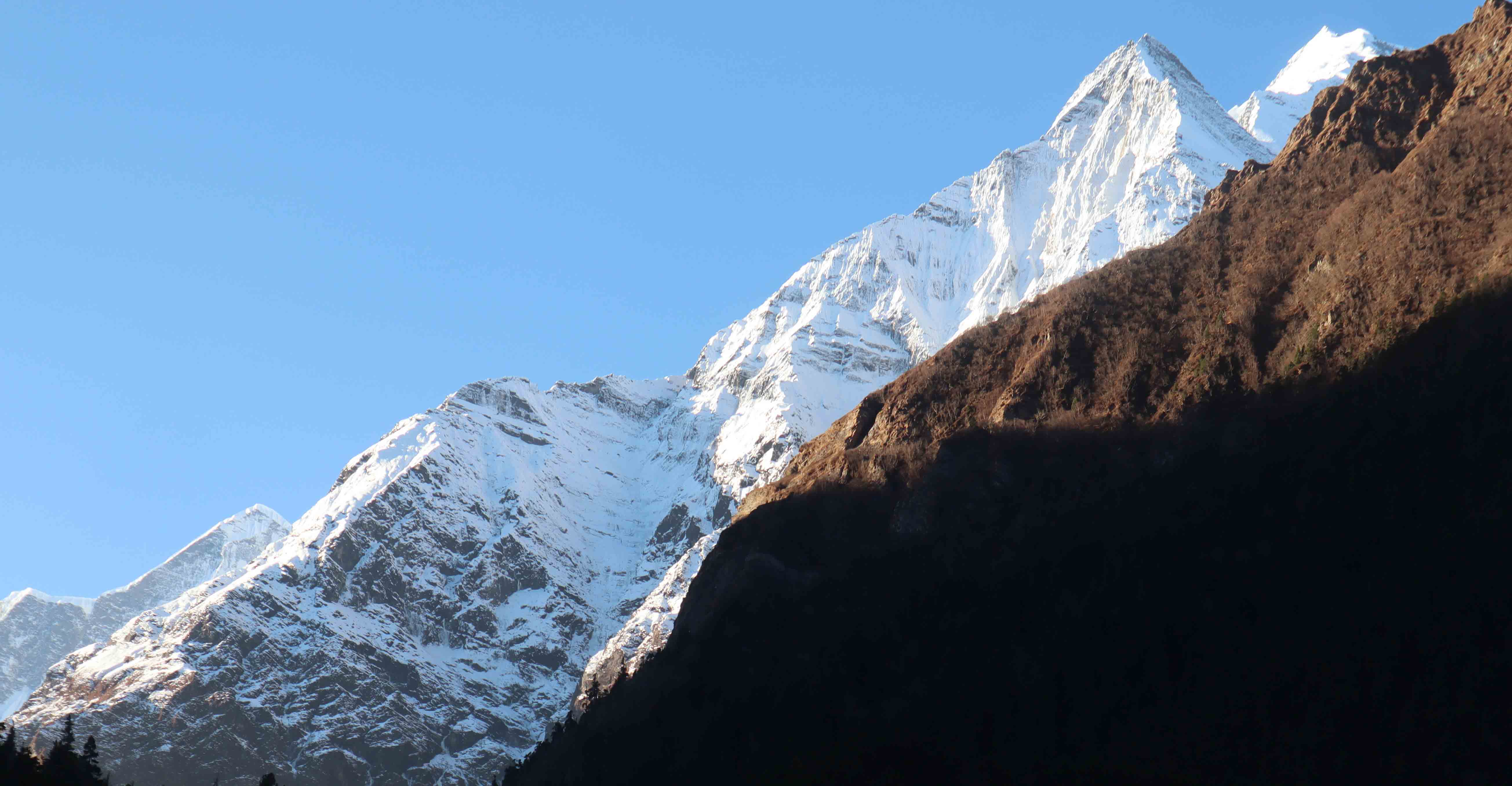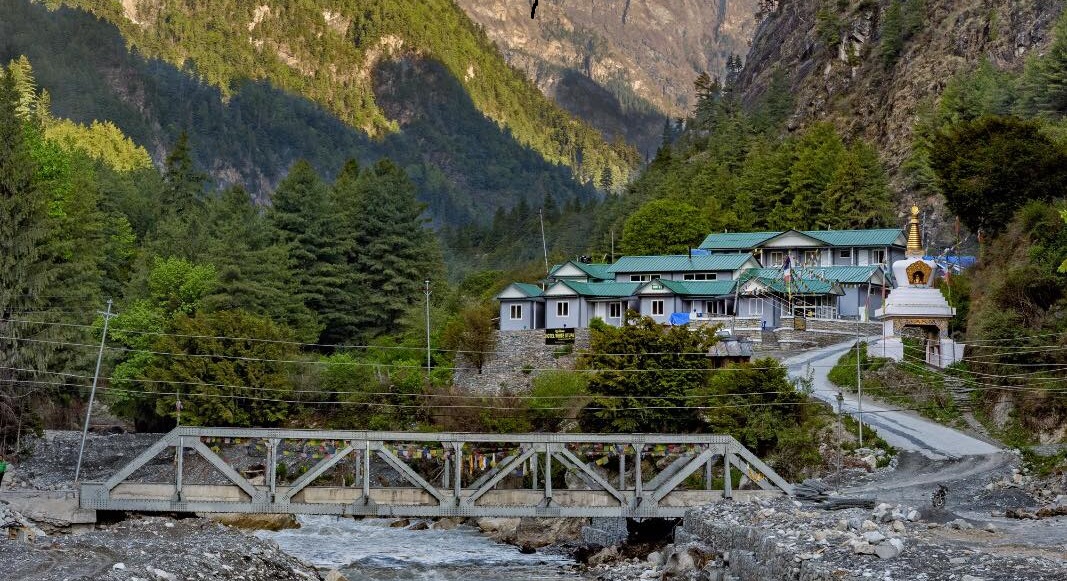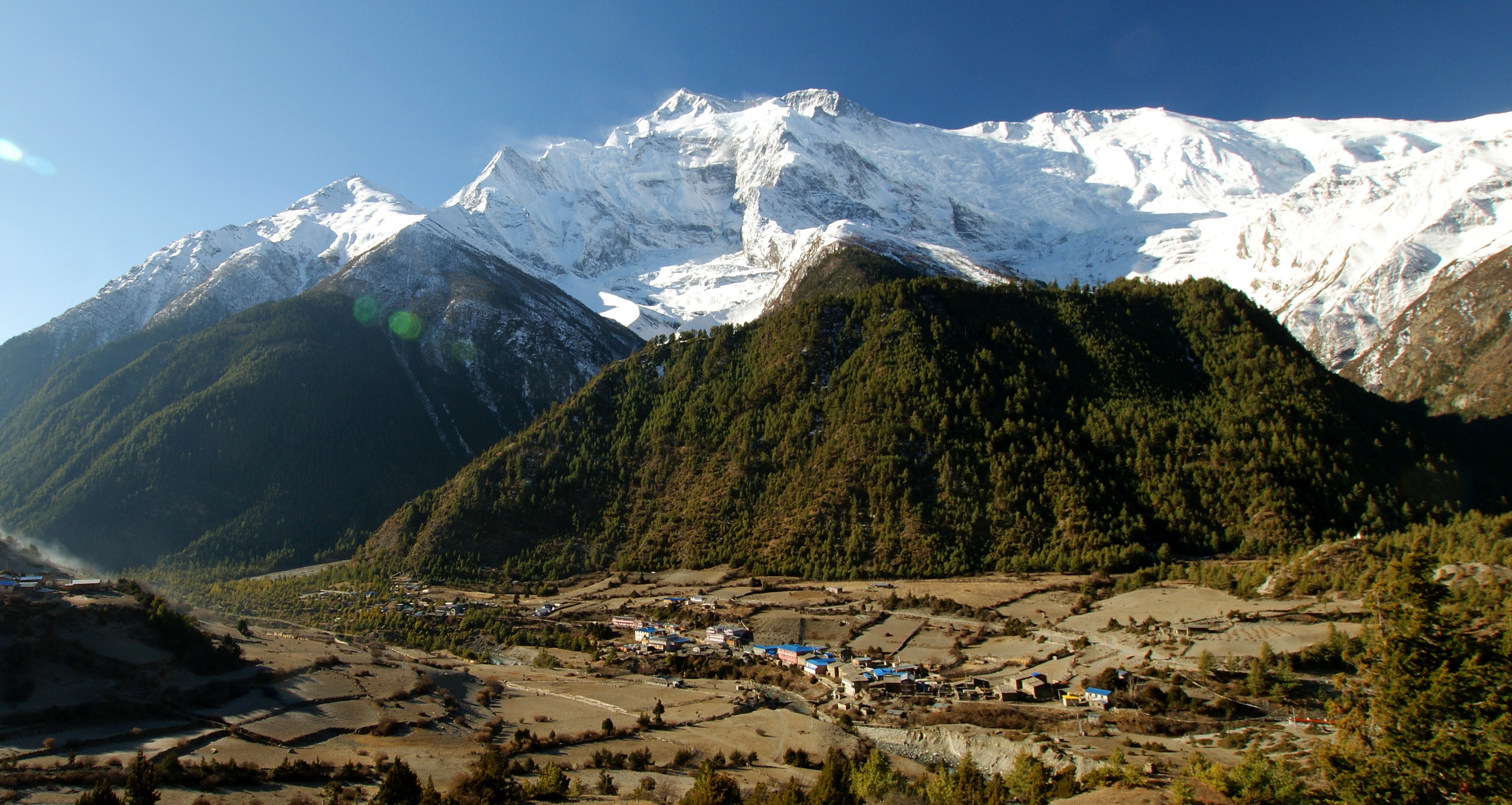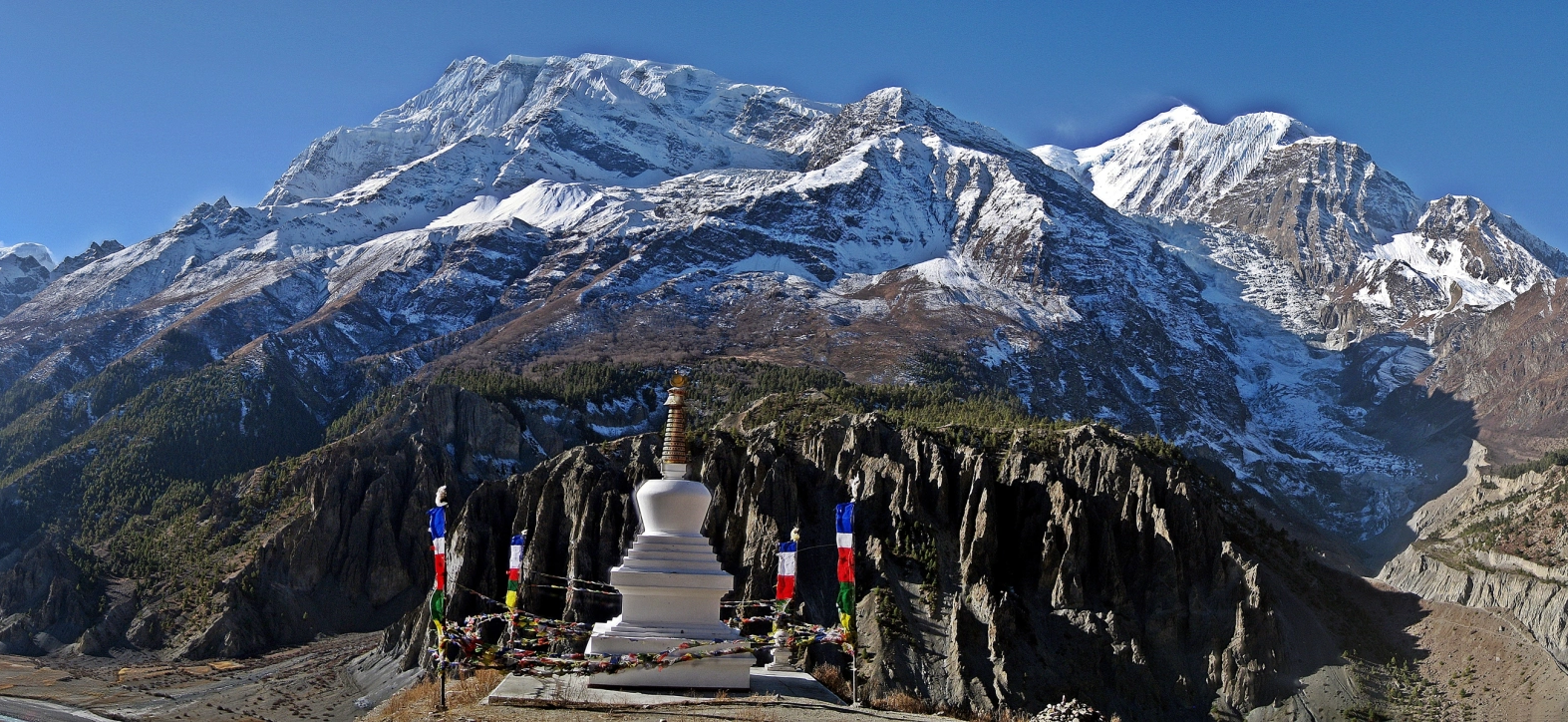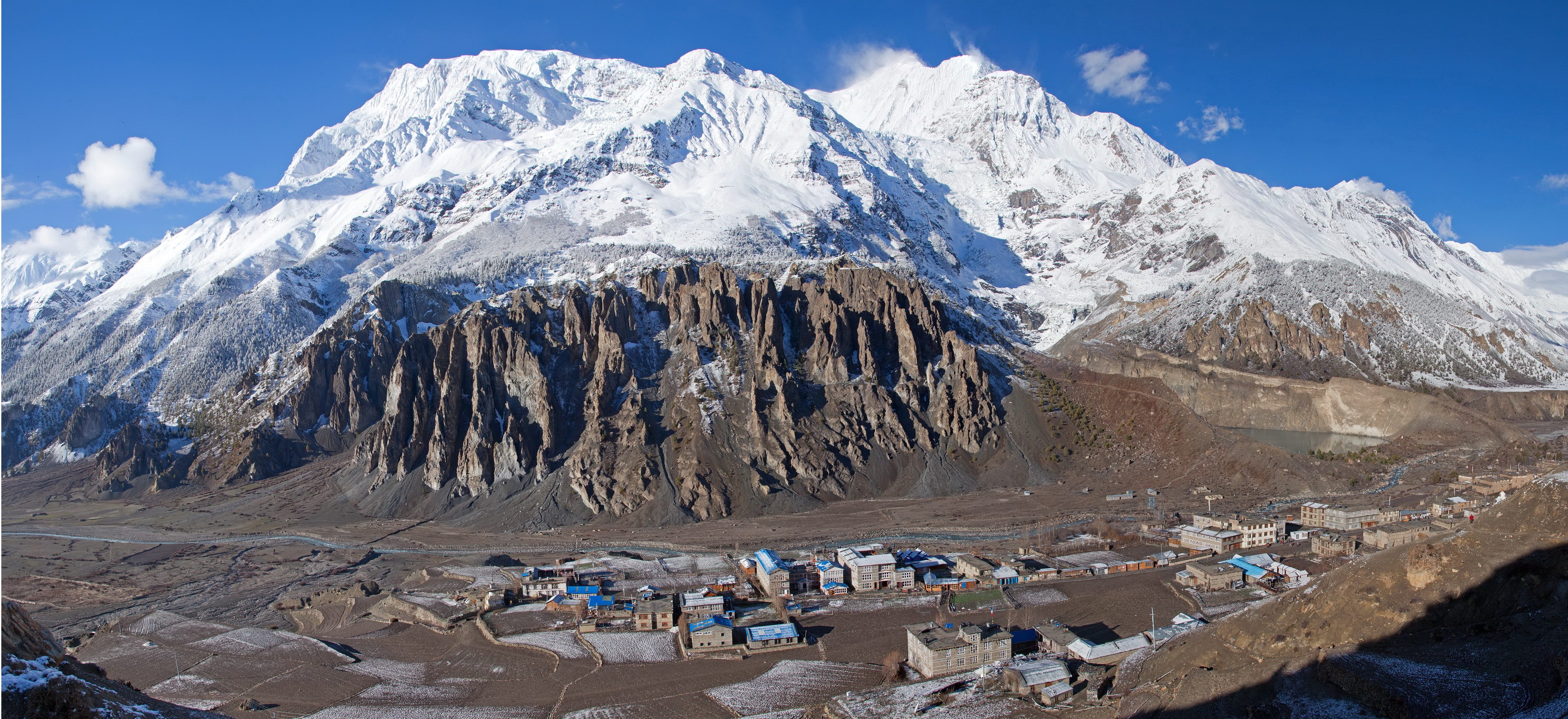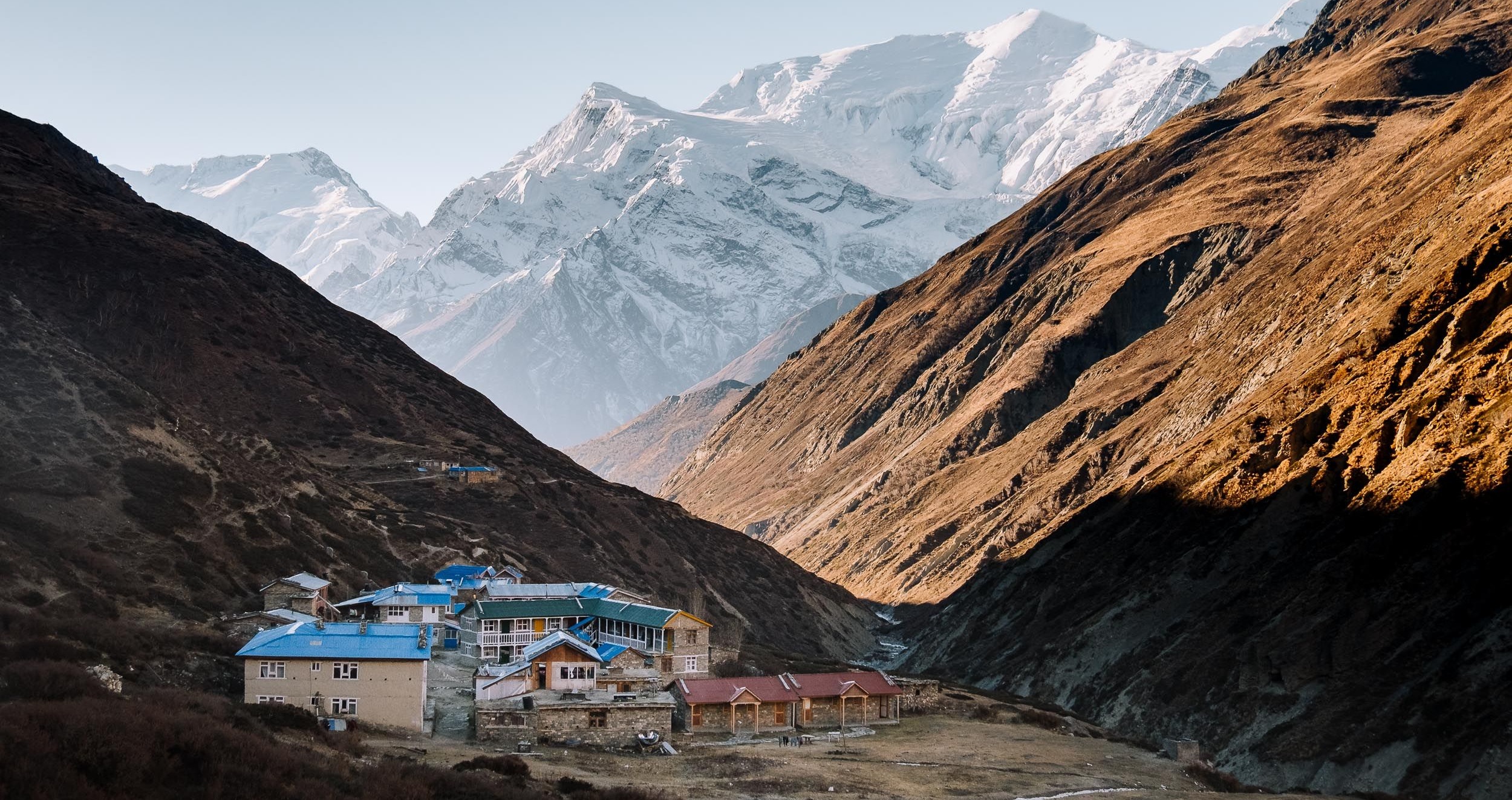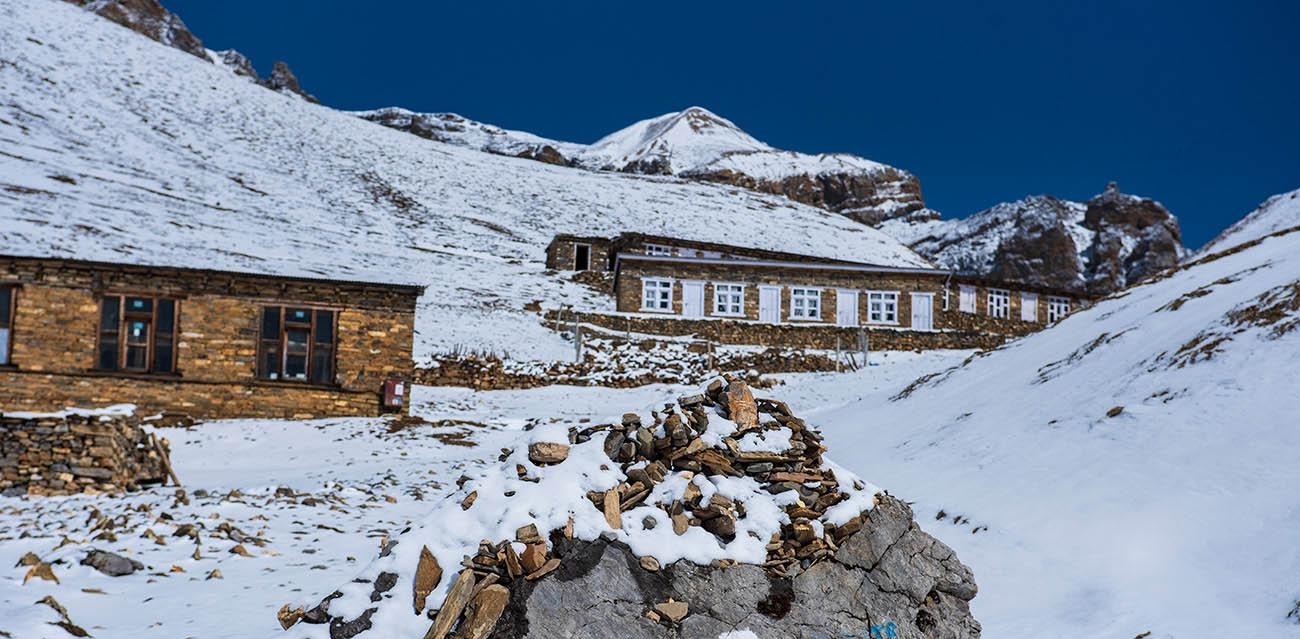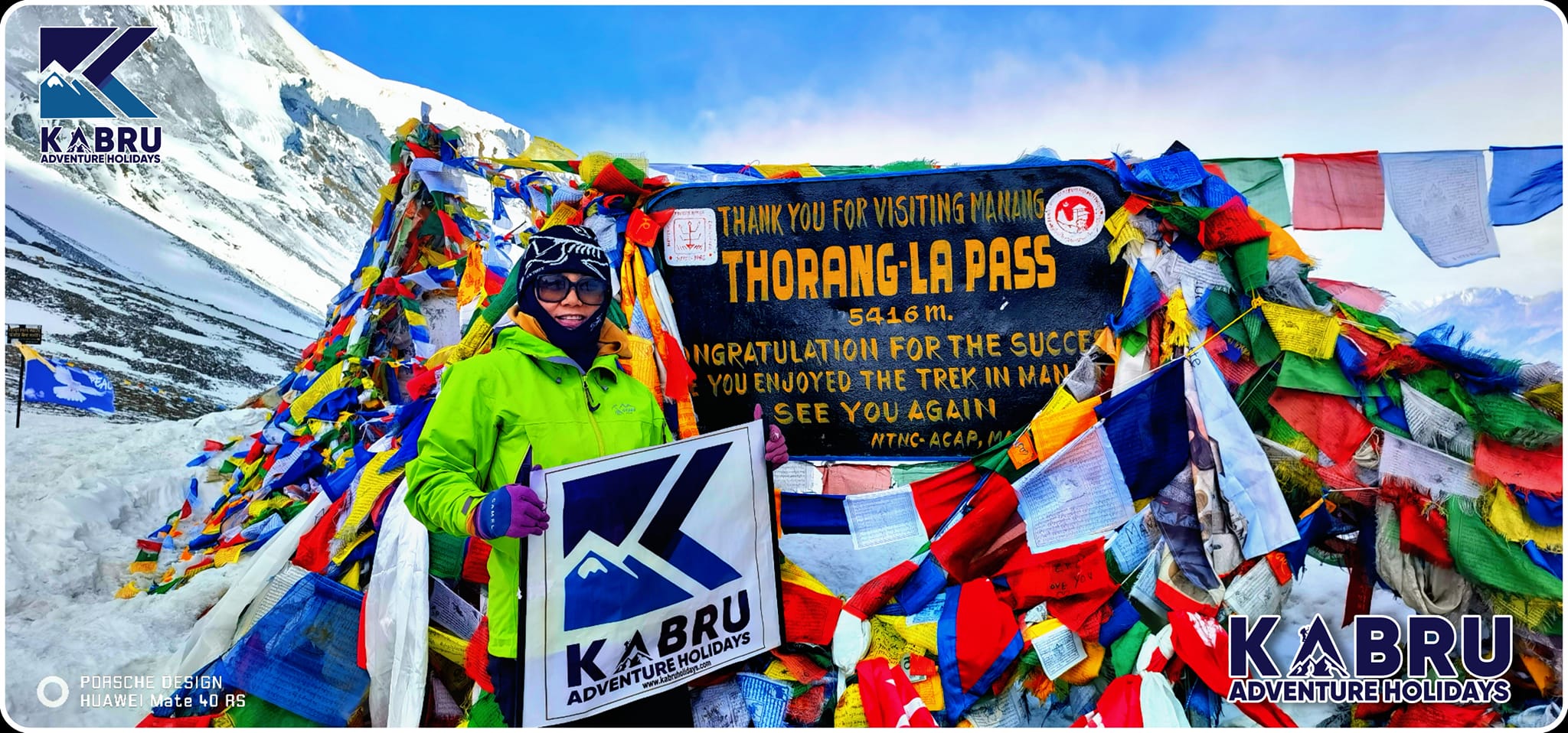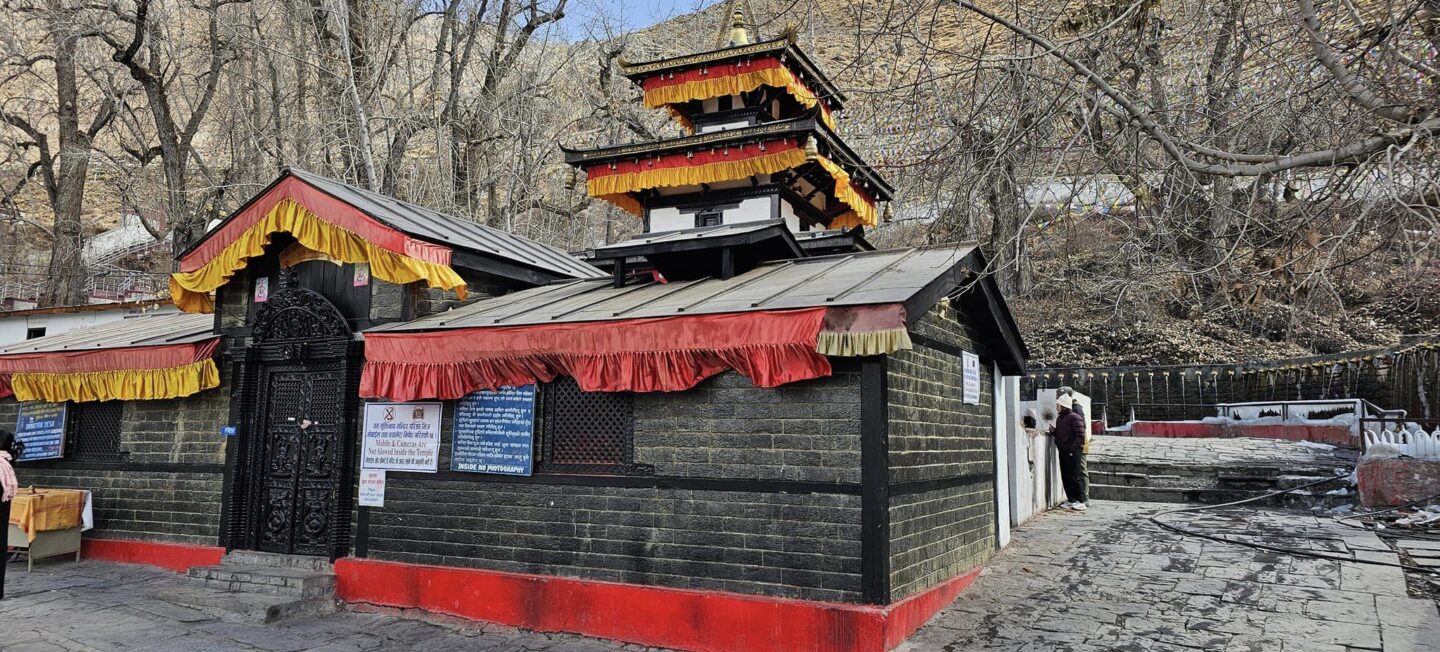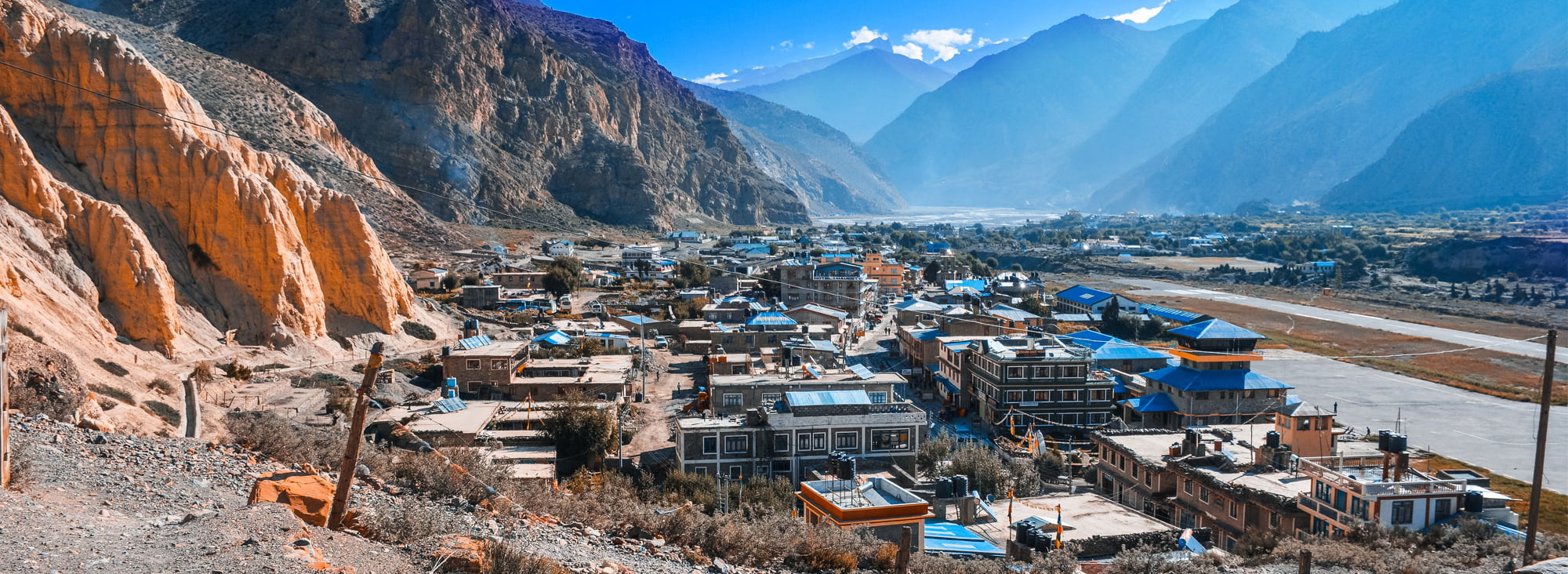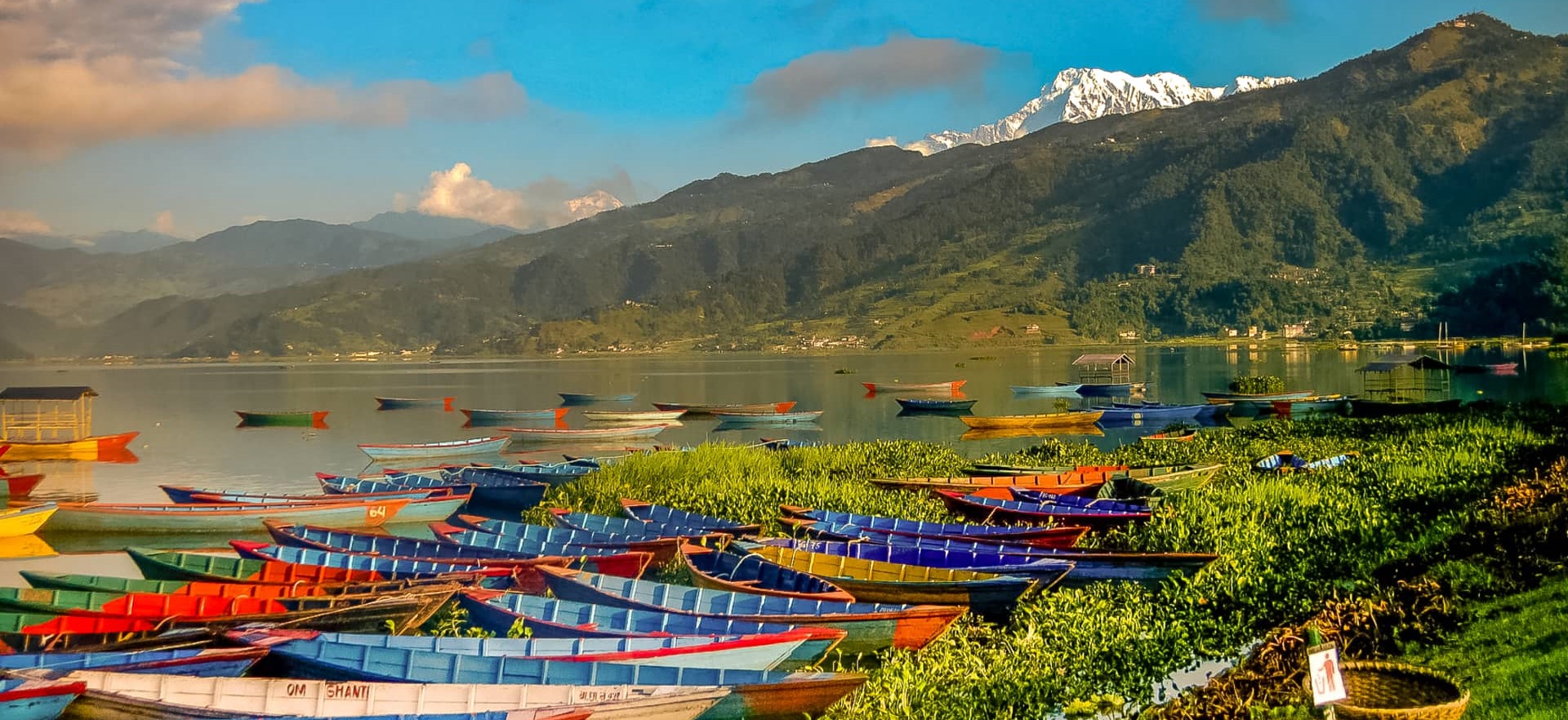Overview of Annapurna Circuit Trek
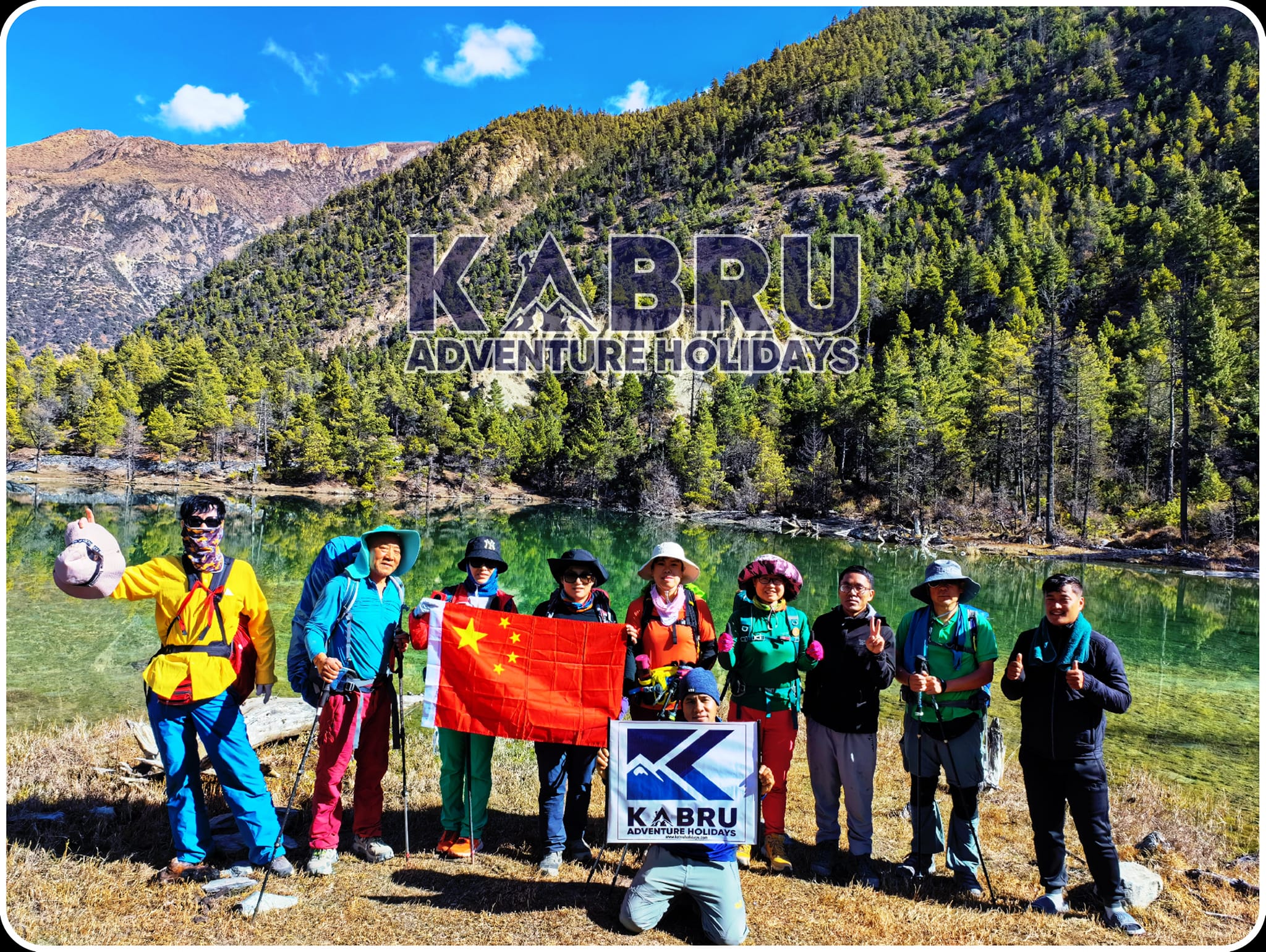 The Annapurna Circuit Trek takes trekkers into the vast wilderness of the Annapurna Region. The trek is one of the most well-known in Nepal, drawing trekkers from all over the world. The exhilarating trek will expose you to the spectacular Flora and Fauna of the region beneath the Mountain ranges. The wooden suspension bridge, waterfalls, calm communities, and breathtaking views of the hidden valleys make this trek unforgettable. This expedition brings together 5 or 6 districts of Central Nepal, including Manang and Kaski. The walk has a modest degree of difficulty, but the crucial thing of the expedition is that it offers a comprehensive array of adventures from beginning to end.
The Annapurna Circuit Trek takes trekkers into the vast wilderness of the Annapurna Region. The trek is one of the most well-known in Nepal, drawing trekkers from all over the world. The exhilarating trek will expose you to the spectacular Flora and Fauna of the region beneath the Mountain ranges. The wooden suspension bridge, waterfalls, calm communities, and breathtaking views of the hidden valleys make this trek unforgettable. This expedition brings together 5 or 6 districts of Central Nepal, including Manang and Kaski. The walk has a modest degree of difficulty, but the crucial thing of the expedition is that it offers a comprehensive array of adventures from beginning to end.
Encountering with inhabitants of the Annapurna Region
The trek begins in the picturesque Jagat lowlands and ascends to the Thorong La pass, crossing a maximum elevation of 5,400 meters. The spectacular Himalayas to the north, including Annapurna, Hiunchuli, Lamjung Himal, and Ganesh Himal, will be visible from the route. The villages of the locals, including Gurungs, Tamang, Chettri, and Brahmin, astonish you as you progress through the lovely Rhododendron and pine tree woods. Likewise, The number of dwellings and settlements begins to decline as you ascend to higher altitudes. The beauty of Tibetan-Nepalese communities adds nostalgia to the trek after crossing the altitude of 3500m and entering the Manang region. Exploring the monasteries and historic architecture of the Manang Region will be wonderful. Together with miniature figurines evoking the Tibetan-Nepalese Buddhist tradition, Monasteries will also have prayer wheels and flags.
Exploring the holy Muktinath
During this tour, one may take in the exquisite atmosphere of Muktinath’s sacred site. The temple is modest but houses a giant statue of Vishnu, known as Shri Mukti Narayana. Numerous additional temples are linked with Hindus, and monasteries are associated with Buddhists. The holy site of Muktinath gives many positive vibrations and a spectacular view of Mount Annapurna, Nilgiri, and Ganesh Himal. The neighboring temples and Gompas can also bestow attractive benefits to anyone visiting. The route from Muktinath to Jomsom will involve passing arid countryside along the Kali Gandaki River’s edge.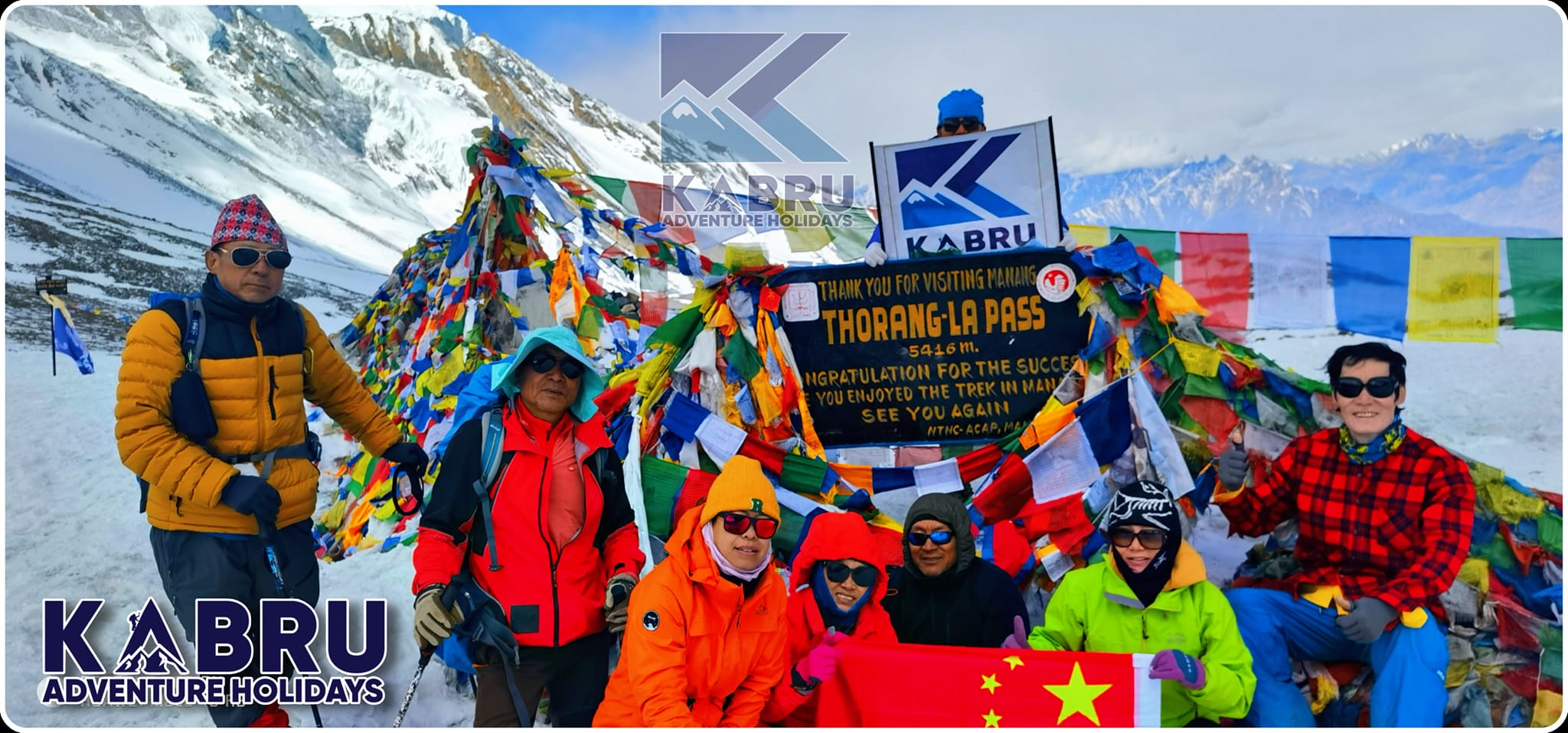
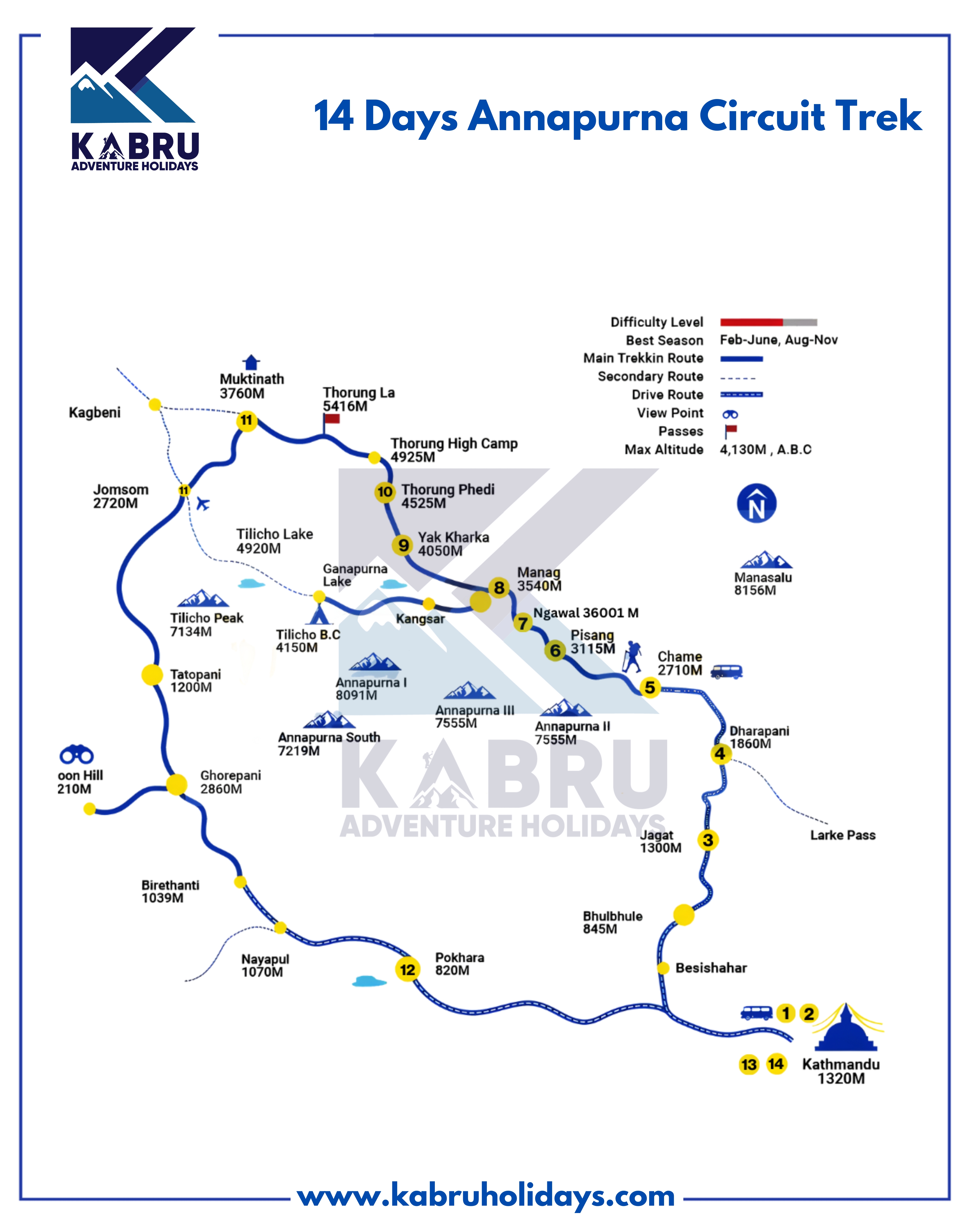
Best Seasons for Annapurna Circuit Trek
The best seasons for the Annapurna Circuit Trek are spring (March to May) and autumn (September to November). These seasons offer stable weather, clear skies, and comfortable temperatures, making for an ideal trekking experience.
- Spring: The trail is vibrant with blooming rhododendrons and lush greenery, offering spectacular landscapes. The temperatures are moderate, and the skies are mostly clear, providing excellent visibility of the Annapurna and Dhaulagiri ranges.
- Autumn: The most popular season for trekking, featuring dry weather and clear skies, ensuring breathtaking mountain views. The comfortable climate and well-maintained trails make the trek more enjoyable.
Trekking in winter (December to February) is challenging due to freezing temperatures and heavy snowfall, making higher passes like Thorong La (5,416m) difficult to cross. Monsoon (June to August) brings heavy rainfall, making trails slippery and increasing the risk of landslides.
Trek Difficulty and Challenges
The Annapurna Circuit Trek is a moderately difficult trek that requires good physical fitness and acclimatization due to the high altitude and long trekking days. The trek spans over 160-230 km, depending on the route taken, with varied terrain including steep ascents, descents, and high-altitude passes.
Key Challenges:
- High altitude: The trek reaches Thorong La Pass at 5,416m (17,769 ft), where altitude sickness can be a concern. Trekkers must follow proper acclimatization practices.
- Weather conditions: The weather can change rapidly, especially at high altitudes, so trekkers need to be prepared for extreme temperatures and unpredictable conditions.
- Physical stamina: While the trek is not technical, it requires strong endurance, as trekkers walk an average of 6-7 hours per day on rugged terrain.
Trek Route and Distance
The Annapurna Circuit is one of the most scenic treks in the world, passing through diverse landscapes, from lush subtropical forests to high-altitude deserts.
Route Overview:
- Kathmandu to Dharapani: 230 km (Drive), 8-9 hours
- Dharapani to Chame: 23 km, 5-6 hours
- Chame to Pisang: 15 km, 5-6 hours
- Pisang to Manang: 12 km, 5-6 hours
- Manang Acclimatization Day
- Manang to Yak Kharka: 10 km, 4-5 hours
- Yak Kharka to Thorong Phedi: 7 km, 4-5 hours
- Thorong Phedi to Muktinath via Thorong La Pass: 16 km, 8-10 hours
- Muktinath to Tatopani (by drive): 72 km, 5-6 hours
- Tatopani to Ghorepani: 17 km, 6-7 hours
- Ghorepani to Nayapul (via Poon Hill) & drive to Pokhara: 15 km (Trek), 6-7 hours + 45 km (Drive), 2 hours
- Pokhara to Kathmandu (by drive or flight): 200 km (Drive), 6-7 hours / 25 min (Flight)
The complete trek typically takes 12-18 days, depending on acclimatization stops and route variations.
Handling Altitude Sickness
Altitude sickness is a serious concern on the Annapurna Circuit, especially when crossing Thorong La Pass. Symptoms include headache, nausea, dizziness, and shortness of breath.
How to Prevent Altitude Sickness:
- Acclimatization: Spend extra nights in Manang to adjust to the altitude.
- Hydration: Drink plenty of water and avoid alcohol and smoking.
- Pacing: Trek at a slow and steady pace to avoid overexertion.
- Medication: Consider taking Diamox (consult a doctor) to help with altitude adjustment.
- Descent: If symptoms worsen, descend immediately to a lower altitude.
Physical Preparation for the Trek
Trekkers should be in good physical condition before attempting the Annapurna Circuit. Training should include cardio exercises like running, cycling, and swimming, as well as strength training for leg muscles. Practicing hiking on uneven terrain with a weighted backpack will help simulate trekking conditions.
What to Expect on the Annapurna Circuit Trek
The Annapurna Circuit is a blend of natural beauty, cultural immersion, and adventure. Trekkers will witness breathtaking views of Annapurna, Dhaulagiri, Machapuchare, and Tilicho Peak, along with diverse landscapes and traditional villages.
Key Highlights:
- Thorong La Pass: The highest point of the trek (5,416m), offering panoramic Himalayan views.
- Manang Valley: A beautiful Tibetan-influenced village perfect for acclimatization.
- Muktinath Temple: A sacred site for Hindus and Buddhists, known for its eternal flame.
- Kali Gandaki Gorge: One of the deepest gorges in the world, offering dramatic landscapes.
- Hot Springs in Tatopani: A great place to relax and recover after long trekking days.
Group Size for Annapurna Circuit Trek
The trek is typically done in small groups of 2-12 people for a more personalized experience. Smaller groups allow for better interaction with guides and flexibility in the itinerary.
Accommodation, Food, and Drink
Accommodation on the Annapurna Circuit varies from basic teahouses to comfortable lodges in larger villages.
Food:
Trekkers are provided with three meals a day, with options including:
- Dal Bhat: Traditional Nepali meal (rice, lentils, vegetables, and curry)
- Momo: Tibetan-style dumplings
- Pasta, soups, and bread: Common options for trekkers
Water:
Trekkers should only drink boiled, filtered, or bottled water to avoid stomach issues.
Helicopter Service
For those who prefer a quicker return, helicopter services are available from Muktinath or Jomsom to Pokhara. This is a great option for trekkers with limited time or those facing health issues at high altitudes. In case of emergencies, helicopter rescue services are available from any location as per the client’s requirement, ensuring a safe and swift evacuation when needed.
Safety on the Trek
The Annapurna Circuit is generally safe, but trekkers should always be cautious. Guides and porters are trained in first aid and altitude sickness management.
Safety Tips:
- Always trek with a licensed guide and insured porters.
- Carry a first-aid kit and necessary medications.
- Have travel insurance that covers high-altitude trekking and emergency evacuations.
Internet Connectivity
Wi-Fi is available in major villages like Manang, Muktinath, and Jomsom, but it may be slow or expensive at higher altitudes. Mobile networks are unreliable in remote areas.
Entry Permits for the Annapurna Circuit Trek
Trekkers need the following permits:
- Annapurna Conservation Area Permit (ACAP)
- Trekkers’ Information Management System (TIMS) card
Permits are arranged by trekking companies to ensure hassle-free entry into the region.
Conclusion
The Annapurna Circuit Trek is one of the most rewarding trekking experiences in Nepal, combining stunning landscapes, diverse cultures, and thrilling high-altitude adventures. Whether you’re an experienced trekker or a first-time hiker, this trek provides an unforgettable journey through the heart of the Himalayas. The Annapurna Circuit is not just about reaching Thorong La Pass but about embracing the culture, scenery, and challenges along the way, creating lifelong memories.
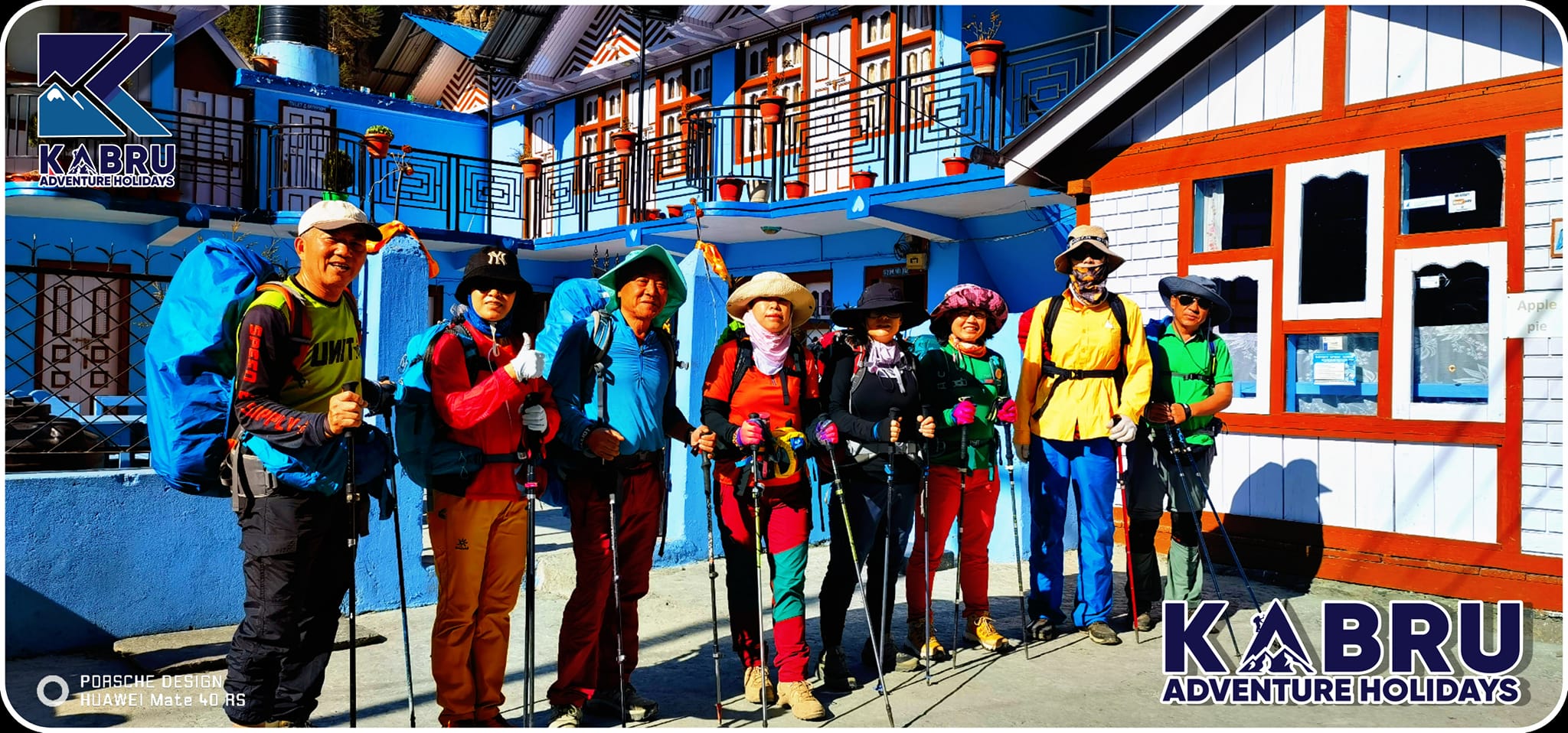



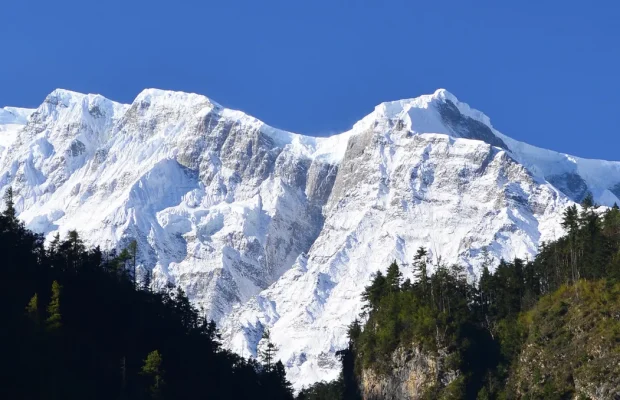
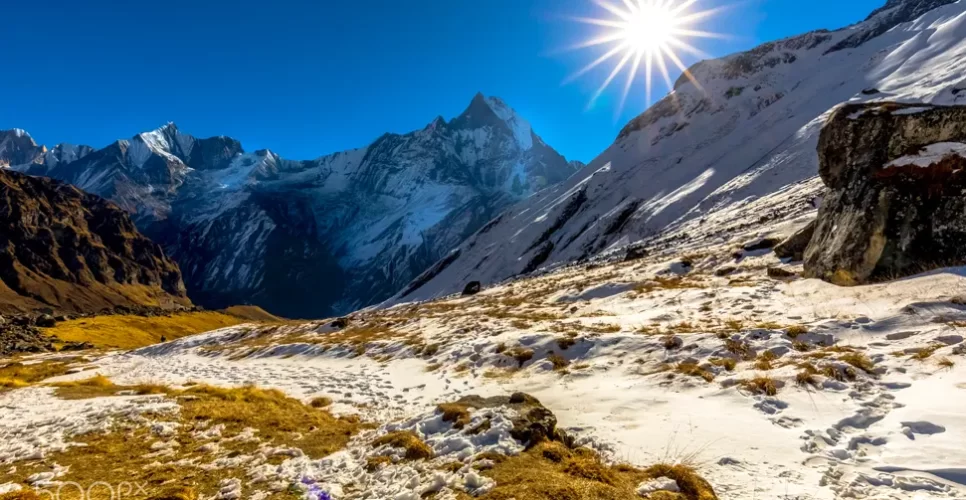
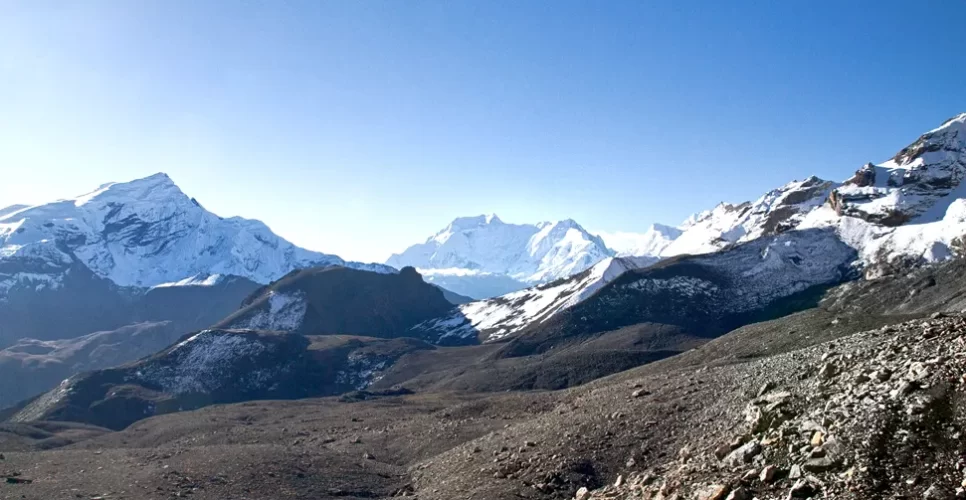

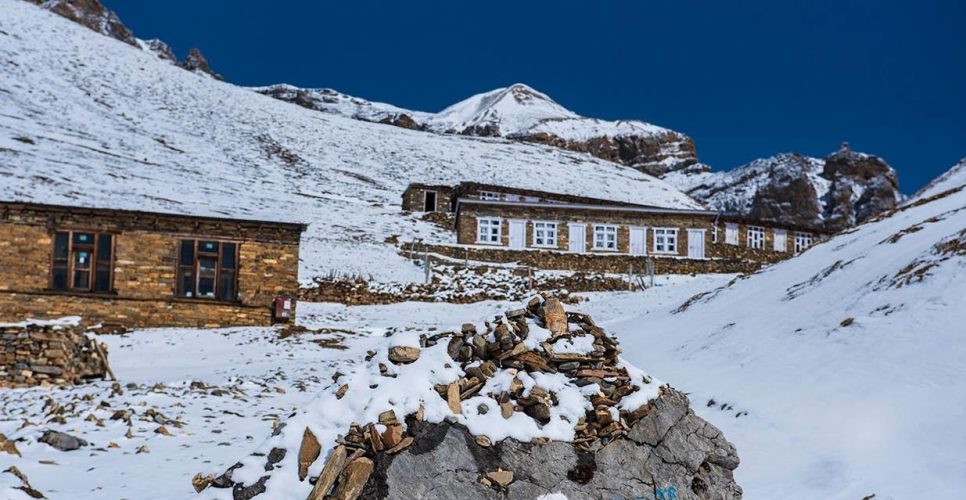
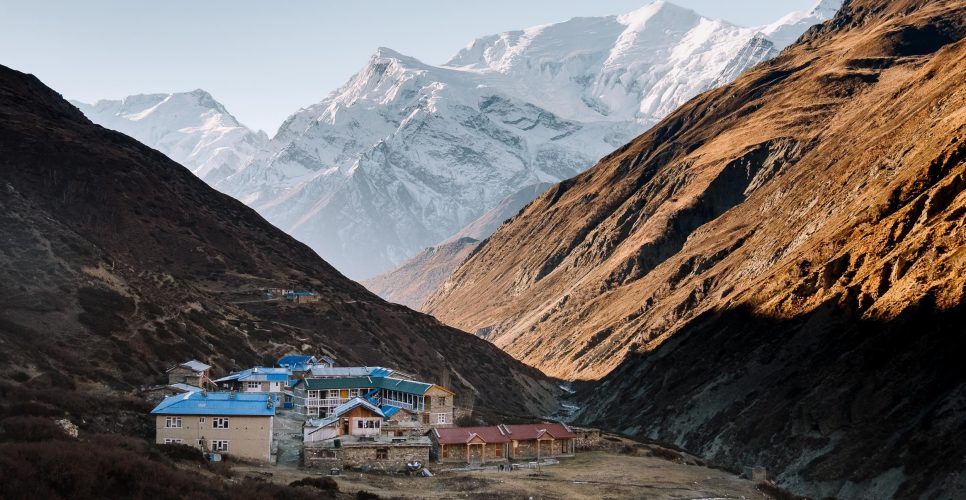
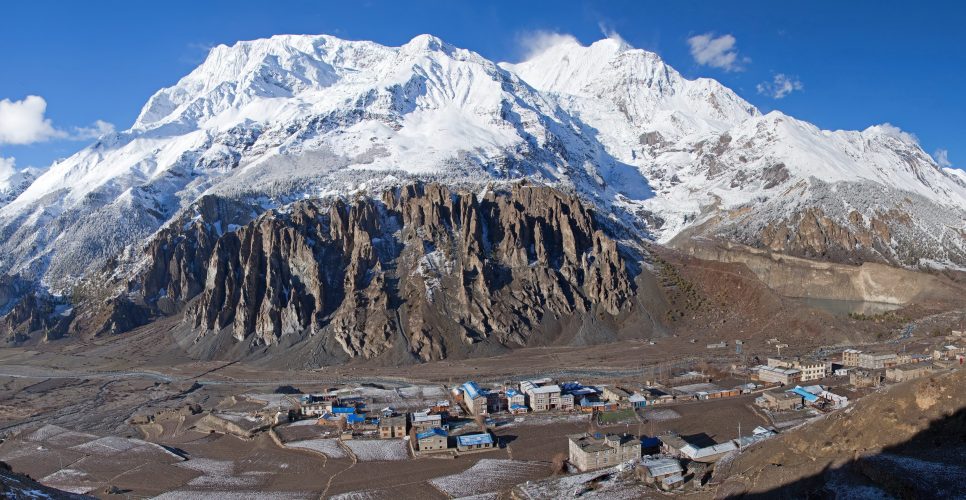
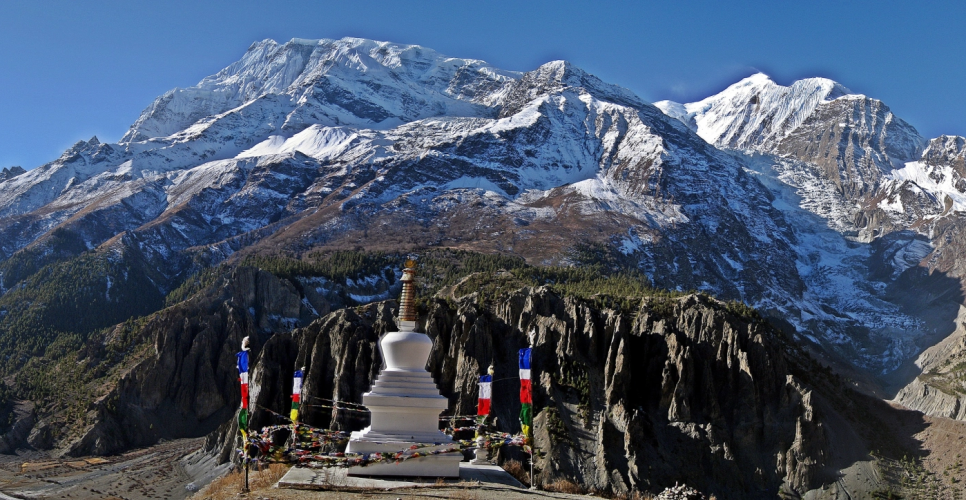
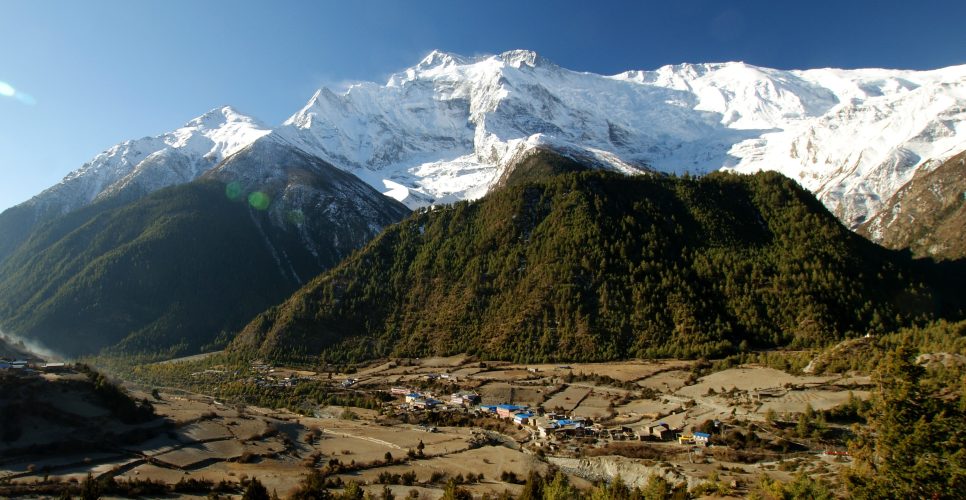
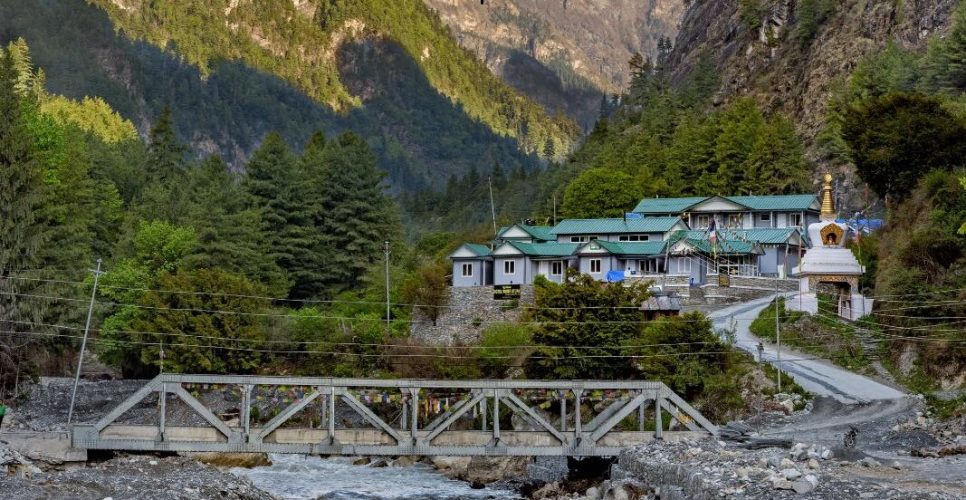
 The Annapurna Circuit Trek takes trekkers into the vast wilderness of the Annapurna Region. The trek is one of the most well-known in Nepal, drawing trekkers from all over the world. The exhilarating trek will expose you to the spectacular Flora and Fauna of the region beneath the Mountain ranges. The wooden suspension bridge, waterfalls, calm communities, and breathtaking views of the hidden valleys make this trek unforgettable. This expedition brings together 5 or 6 districts of Central Nepal, including Manang and Kaski. The walk has a modest degree of difficulty, but the crucial thing of the expedition is that it offers a comprehensive array of adventures from beginning to end.
The Annapurna Circuit Trek takes trekkers into the vast wilderness of the Annapurna Region. The trek is one of the most well-known in Nepal, drawing trekkers from all over the world. The exhilarating trek will expose you to the spectacular Flora and Fauna of the region beneath the Mountain ranges. The wooden suspension bridge, waterfalls, calm communities, and breathtaking views of the hidden valleys make this trek unforgettable. This expedition brings together 5 or 6 districts of Central Nepal, including Manang and Kaski. The walk has a modest degree of difficulty, but the crucial thing of the expedition is that it offers a comprehensive array of adventures from beginning to end.
